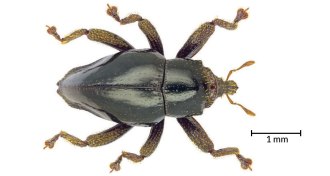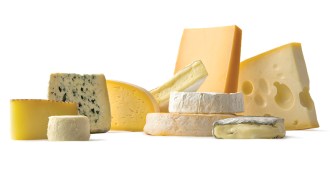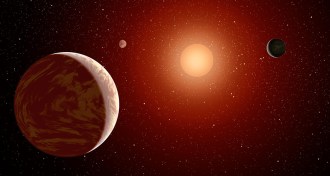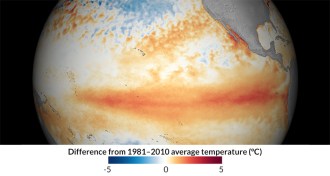Uncategorized
-
 Microbes
MicrobesLeptospirosis bacterium still haunts swimming holes
Bacterial scourges lurk in warm recreational waters.
-
 Particle Physics
Particle PhysicsReaders ponder gravity wave physics
Gravitational waves, the benefits of fat and more reader feedback.
-
 Neuroscience
NeuroscienceA breakdown product, not ketamine, may ease depression
Ketamine’s breakdown product, not the drug itself, eases depression, a mouse study suggests.
-
 Animals
AnimalsNew species of hairy weevil named after Chewbacca
A new weevil species,Trigonopterus chewbacca, joins the ranks of insects with a Star Wars moniker.
-
 Tech
TechHigh-fashion goes high-tech in ‘#techstyle’
‘#techstyle,’ an exhibit at the Museum of Fine Arts in Boston, considers how technological innovations such as 3-D printing are influencing fashion.
-
 Life
LifeStudying cheese reveals how microbes interact
Microbiologist Rachel Dutton uses cheese rinds to study how microbes form communities.
-
 Animals
AnimalsMale giant water bugs win females by babysitting
Female giant water bugs prefer males already caring for eggs, an evolutionary force for maintaining parental care.
By Susan Milius -
 Science & Society
Science & SocietyGun research faces roadblocks and a dearth of data
Gun violence research is stifled by funding shortfalls and limitations on data access.
By Meghan Rosen -
 Science & Society
Science & SocietyScientific evidence should inform politicized debates
Our editor in chief discusses science's role in informing divisive political and social issues.
By Eva Emerson -
 Earth
EarthRainwater can help trigger earthquakes
Rainwater plays a major role in the triggering of earthquakes along New Zealand’s Alpine Fault.
-
 Astronomy
AstronomyNearby exoplanet trio new target in search for life
Three nearby exoplanets might be good spots to go looking for signs of alien life.
-
 Climate
ClimateFizzled 2014 El Niño fired up ongoing monster El Niño
The ongoing El Niño, one of the strongest on record, got a heat boost from a 2014 event that failed due to unfavorable winds.